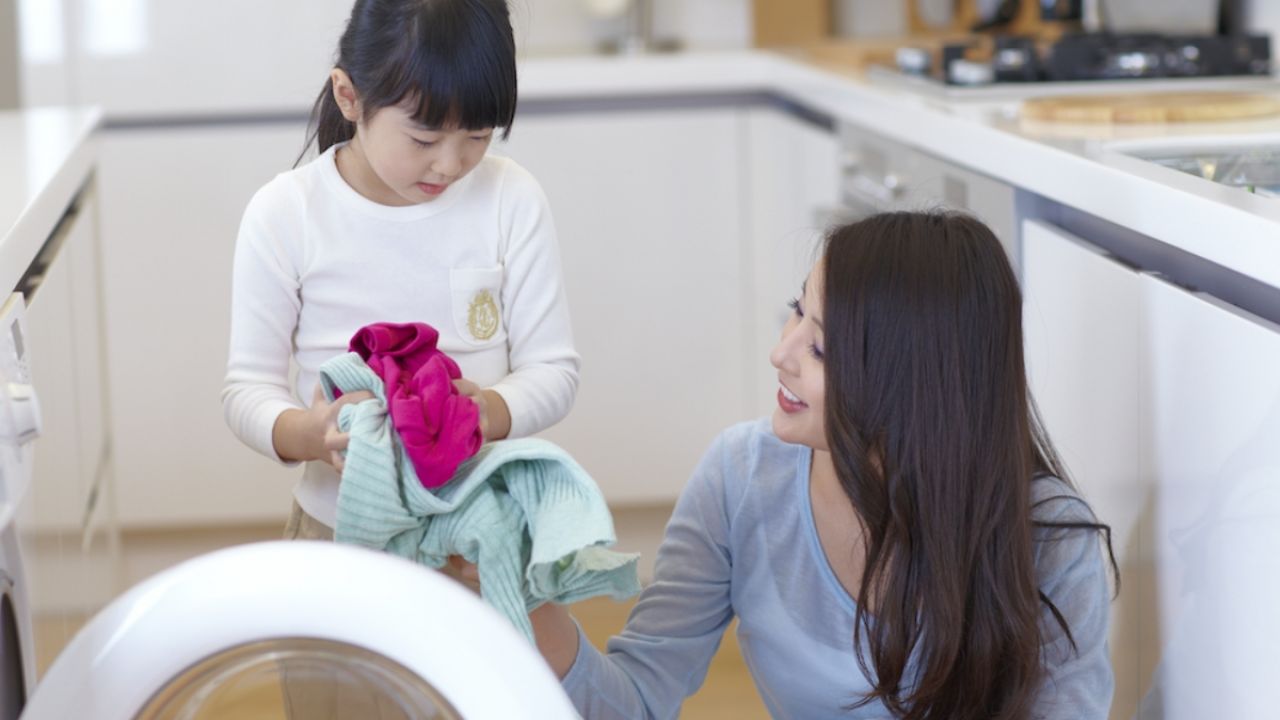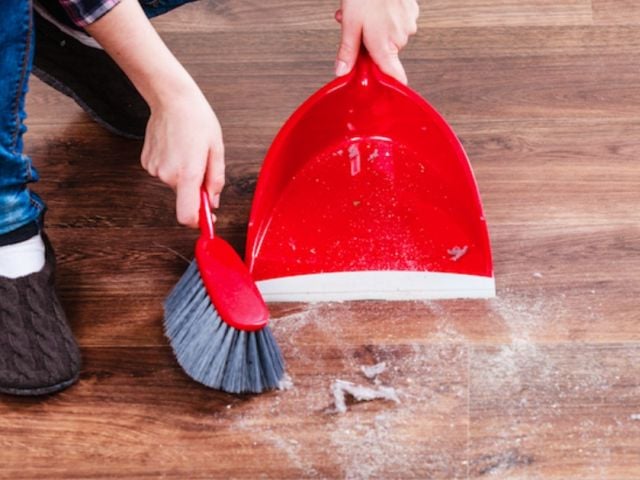
Indoor air quality typically deteriorates during the colder months, but small fixes can make a big difference. In this four-part series, we go room to room to see how to improve indoor air quality. In the first part, we looked at your primary living spaces – the entryways and living room. In this part, we consider the places where you cook and clean – the kitchen, bathroom and laundry room.
--
Once you’ve tackled your home’s entryways and living room, you’ve already taken significant steps toward improving your indoor air quality. Now you may be ready for an even bigger challenge: the kitchen, bathroom and laundry room.
The kitchen
Cooking fills the air with tantalizing smells but can also put out an array of potentially harmful airborne pollutants. Roasting and grilling, whether with gas or electric, can lead to the release of microscopic soot particles and gases that can be irritating and even harmful, especially for children.
Good ventilation is essential for counteracting these pollutants, ideally by using a stove hood. Anyone not contemplating a kitchen renovation can install a high-quality air filter in or near the kitchen. Make sure to choose one that can replace the room’s entire air volume two or three times an hour.
In addition to the chemicals released during cooking, common kitchen cleaning products can also be a source of indoor air pollution, according to tests performed by EWG. In fact, one study suggests that using certain chemical cleaning products could have as negative an effect on the lungs of professional cleaners and people cleaning at home as smoking a pack a day for 10 to 20 years, and that even using them as little as once a week may cause serious health consequences.
To make small changes, take stock of your cleaning products and find substitutes for the strongest ones, choosing only those that fully disclose their ingredients. Use products free of troubling ingredients, which you can find in our Guide to Healthy Cleaning. You can also look for products certified by Green Seal or Ecologo™.
The bathroom
Bathroom cleaners and conventional air fresheners can release potentially harmful chemicals. And vinyl shower curtains off-gas volatile organic chemicals, known as VOCs. Avoid using products that fail to disclose their fragrance ingredients or that contain troublesome ingredients, such as ammonia, bleach and quaternary ammonium compounds – all of which have been associated with negative health effects, including rashes, allergic sensitivity, asthma and reproductive toxicity. Look for cleaners and air fresheners that meet our strictest standards – and make sure to dispose safely of the harmful products you no longer want to use.
When bathroom drains clog, it’s tempting to try whatever will work the fastest, even if it means resorting to toxic drain cleaners. Before you do that, though, see if you can get results using our DIY drain cleaner or a high-quality toilet snake instead.
Your medicine cabinet also deserves a makeover. Many personal care products release airborne toxicants. In fact, a recent study claims that those products pollute as much as car emissions. To find those that won’t worsen the air you breathe, consult our searchable Skin Deep® cosmetics database, which lists thousands of personal care products. The best among them are EWG VERIFIED™, which means they meet our strictest standards.
The laundry room
Laundry has evolved far beyond simply dumping a scoop of detergent into a washing machine. These days, many households stock an entire arsenal of laundry products – not just detergent but also stain remover, pretreatment products and dryer sheets.
Stay away from laundry products that don’t list their fragrance ingredients on the label, because those ingredients may give off toxic chemicals. Even laundry sheets, for instance, release VOCs. A general rule of thumb: Use a product that’s only as strong as you need it to be. Most laundry jobs don’t require heavy-duty stain removers.
Finally, make sure your dryer vents outside your home and is cleaned regularly. This prevents excess humidity, which can lead to allergenic mold and mildew.
Check out EWG’s DIY Cleaning Guide and our laundry tips.
--
Next: In Part 3, we’ll explore what changes you can make in your bedrooms and playroom.



